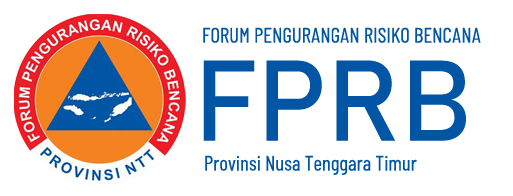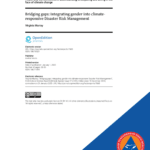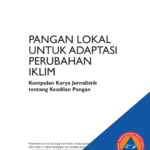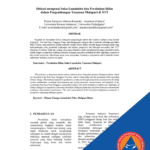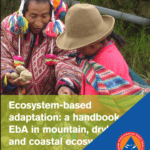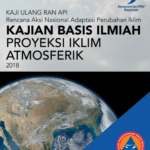A Chronicle of Indonesia’s Forest Management
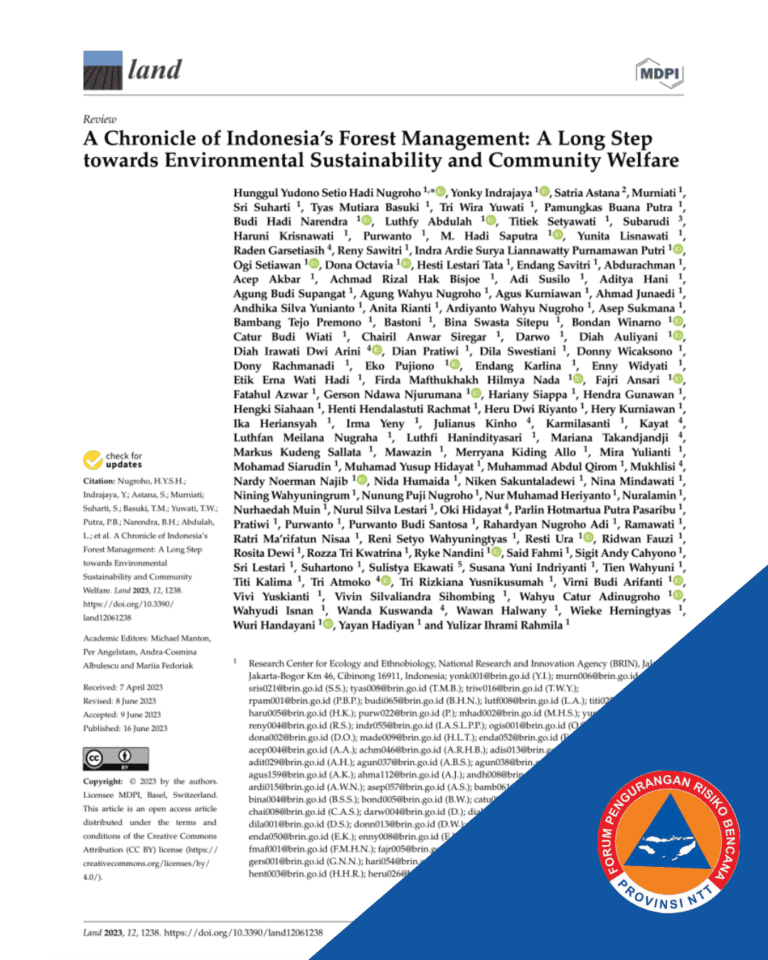
Deskripsi:
The review article, “A Chronicle of Indonesia’s Forest Management: A Long Step towards Environmental Sustainability and Community Welfare”, was authored by Hunggul Yudono Setio Hadi Nugroho and numerous co-authors, published in the journal *Land* by MDPI on June 16, 2023. The paper aims to review the environmental history and the long process of Indonesian forest management, analyze its milestones, and provide strategic recommendations towards a viable Sustainable Forest Management (SFM) system that ultimately supports environmental sustainability and community welfare. Indonesia is recognized as the world’s largest archipelagic country, possessing the third-largest rainforest and the second-highest level of biodiversity globally, despite occupying only 1.3% of the world’s land area. However, the nation has historically been known for its high level of deforestation, being a source of smoke from burning forests and land, and contributing to carbon emissions. The history of forestry management is characterized by a long evolutionary process, especially related to the contestation over the control of natural resources and corresponding policies and regulations.
The review highlights that significant efforts have been implemented to reduce the deforestation rate, including a moratorium on permitting primary natural forest and peat land, land rehabilitation, and environmental protection measures. These actions have resulted in a decline in the rate of deforestation, reaching the lowest level in history during the 2019–2020 period. Nevertheless, the Indonesian government still struggles to formulate policies that effectively balance economic, ecological, and social needs. Key challenges for achieving viable SFM include: stopping the destruction of forests, developing natural wealth to increase prosperity, and encouraging the participation of communities surrounding the forests. Strategic recommendations provided by the authors emphasize developing and implementing social forestry instruments, increasing community literacy, developing human resource capacity, strengthening forest governance by eliminating ambiguity and overlapping regulations, simplifying bureaucracy, revitalizing traditional wisdom, and enforcing fair law.
